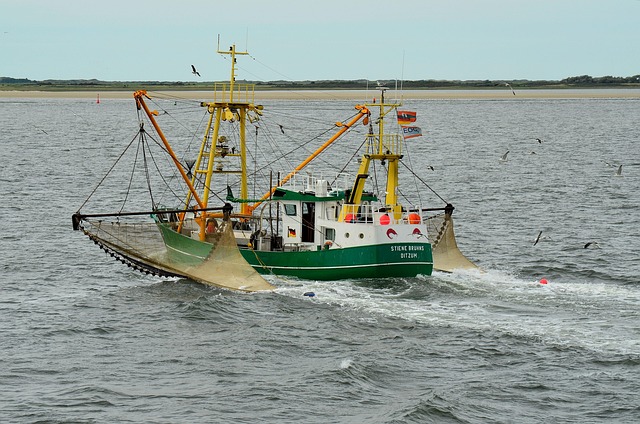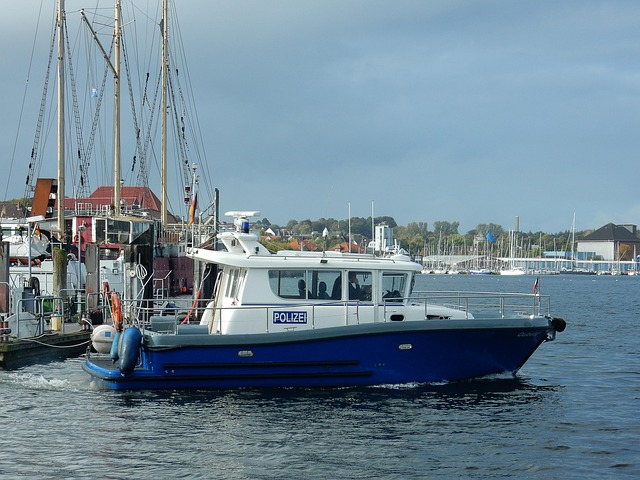In an era of growing water scarcity, emergency leak detection is crucial for preventing disasters, minimizing waste, saving from structural damage, financial losses, and environmental harm, and optimizing water resource utilization. Advanced technologies like smart sensors, remote monitoring, AI, and IoT significantly enhance response times by continuously analyzing data to identify leaks promptly. Regular inspections combined with these modern techniques reduce damage, optimize efficiency, and minimize water wastage across residential, commercial, and industrial sectors. The future of leak detection relies on innovative solutions for real-time monitoring, early anomaly detection, and accurate predictions, shaping a sustainable and resilient water infrastructure.
In today’s world, effective emergency leak detection is a vital component of any facility management strategy. With water leaks causing significant damage and waste, prompt action is crucial to mitigate risks and minimize costs. This article delves into the intricacies of leak detection systems, exploring common causes, advanced technologies, and traditional vs modern methods. We also examine key components for an effective program, successful case studies, and future trends, empowering professionals to implement robust emergency leak detection strategies.
Understanding Emergency Leak Detection: The Need for Prompt Action

In today’s world, where water scarcity and efficient resource management are growing concerns, leak detection has become a critical component of any comprehensive maintenance strategy. Emergency leak detection, in particular, refers to the swift identification and localization of water leaks within complex systems such as pipelines, buildings, and infrastructure. The urgency lies not just in minimizing water waste but also in preventing potential disasters that can arise from undetected or slow-to-detect leaks.
Prompt action is paramount when it comes to emergency leak detection. Leaks can cause significant damage, from structural instability to financial losses and environmental harm. Advanced technologies like smart sensors, remote monitoring systems, and data analytics play a pivotal role in accelerating response times. By continuously gathering data and analyzing patterns, these tools enable maintenance teams to detect anomalies that might indicate a potential leak, allowing for immediate intervention. This proactive approach not only mitigates damage but also optimizes resource utilization, ensuring that every drop of water counts.
Common Causes of Leaks: Identifying Potential Issues

Leak detection is a critical aspect of maintaining any water or fluid system, whether in residential, commercial, or industrial settings. Understanding common causes of leaks is the first step in effective leak prevention and timely repair. One of the primary sources of leaks is faulty connections and joints. Over time, these parts can become loose, corroded, or damaged due to exposure to harsh chemicals, extreme temperatures, or general wear and tear, leading to potential water wastage and damage.
Another frequent cause lies in aging infrastructure. Older pipes and fittings are more susceptible to leaks as they weaken and degrade. Materials used in older systems might also be less durable, increasing the risk of failure. Additionally, improper installation techniques, such as inadequate sealing or incorrect fitting alignment, can create weak points that lead to leakages. Identifying these potential issues through regular inspections and utilizing advanced leak detection technologies is crucial for preventing costly damage and ensuring efficient water management.
Advanced Technology in Leak Detection Systems

Leak detection systems have evolved significantly over time, embracing advanced technologies that enhance accuracy and efficiency. Among the notable advancements are smart sensors equipped with artificial intelligence (AI) and machine learning capabilities, which can identify even subtle changes in water pressure or temperature patterns, alerting users to potential leaks before they escalate. These sensors are often connected to centralized monitoring systems through IoT (Internet of Things) networks, enabling real-time data analysis and remote troubleshooting.
Another game-changing technology is the use of drones equipped with high-resolution cameras and thermal imaging capabilities. Drones can swiftly scan hard-to-reach areas, such as underground pipes or rooftops, providing detailed visual data that aids in leak detection. Additionally, robotic process automation (RPA) streamlines administrative tasks related to leak management, minimizing human errors and optimizing response times. These cutting-edge technologies collectively contribute to more effective and proactive leak detection, leading to reduced damage and water wastage.
Traditional vs Modern Methods: A Comparative Analysis

In the realm of leak detection, the evolution from traditional methods to modern technologies has brought about significant advancements. Traditional techniques often relied on manual inspections and reactive responses, involving time-consuming walks around facilities, visual checks, and sometimes even trial and error to pinpoint the source of a leak. This approach is not only labor-intensive but also slow, leading to potential damage and waste during the time it takes to identify and repair leaks.
Modern leak detection methods, on the other hand, leverage advanced technology such as smart sensors, infrared imaging, and non-invasive surveillance systems. These innovative solutions enable faster, more accurate identifications of leaks, often from a distance or in hard-to-reach areas. By integrating these modern techniques, businesses can not only save time and reduce operational disruptions but also prevent significant water wastage and associated environmental impacts.
Key Components of an Effective Leak Detection Program

Implementing a comprehensive leak detection program is crucial for any industrial or commercial setup, aiming to mitigate potential damage and minimize losses. The key components include a combination of advanced technology and robust procedures. First and foremost, investment in high-quality sensors and monitoring devices is essential. These tools can detect even the subtlest variations in pressure, temperature, or fluid levels, signaling potential leaks early on. Real-time data analysis is another vital aspect; interpreting sensor data swiftly allows for immediate action.
Moreover, regular maintenance and calibration of detection systems are non-negotiable. This ensures their accuracy and reliability over time. Training employees to recognize leak-related patterns and responding promptly to alerts is equally critical. A well-coordinated response plan, including clear communication protocols and emergency procedures, enables swift containment and repair, minimizing disruption and damage.
Case Studies: Successful Implementation of Emergency Leak Detection

Future Trends and Innovations in the Field

The future of leak detection is poised for significant advancements, driven by technological innovations and a growing need for efficient water conservation. One prominent trend is the integration of smart sensors and Internet of Things (IoT) devices. These cutting-edge solutions can monitor water pressure, flow rates, and temperature in real time, enabling early detection of anomalies indicative of leaks. By connecting these sensors to centralized control systems, utilities can remotely identify and isolate problematic areas, minimizing damage and disruption.
Additionally, artificial intelligence (AI) and machine learning are set to play a pivotal role. AI algorithms can analyze vast amounts of data from various sources, such as customer reports, sensor readings, and historical trends, to predict potential leak locations with remarkable accuracy. This proactive approach not only enhances the efficiency of repair teams but also reduces the environmental impact by minimizing water waste. As technology continues to evolve, we can expect even more sophisticated leak detection methods, ensuring a sustainable and resilient water infrastructure for future generations.
